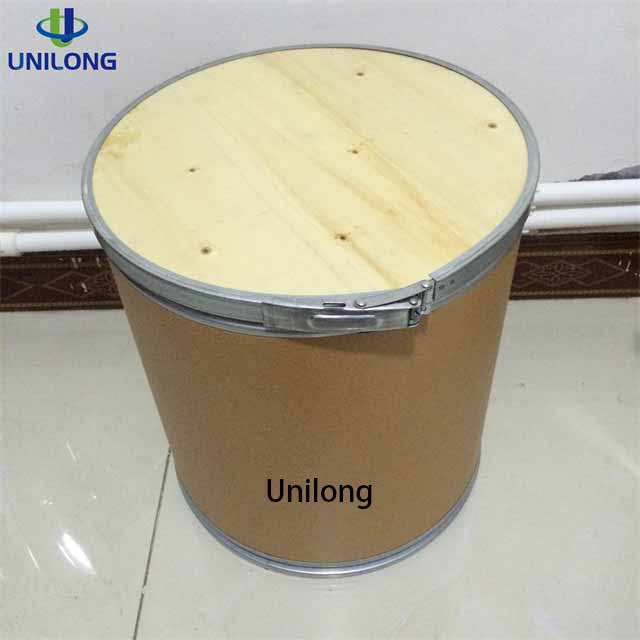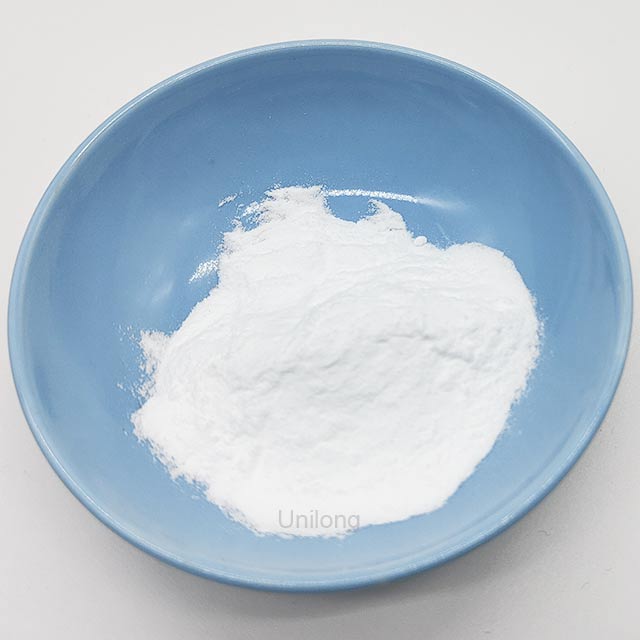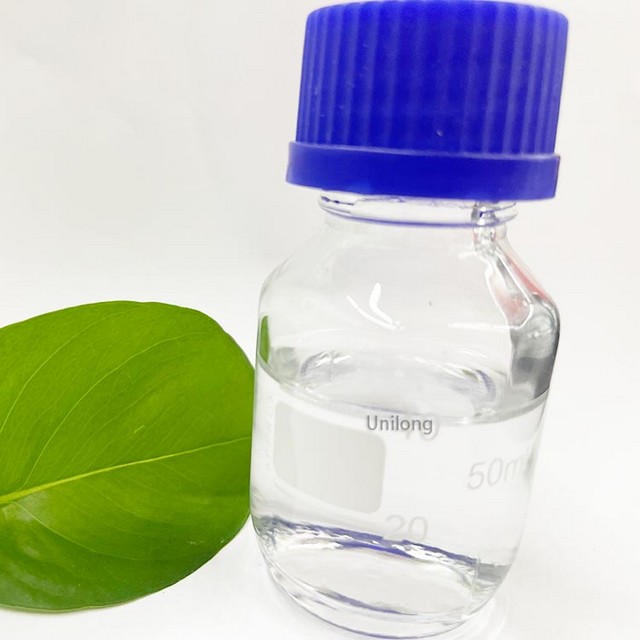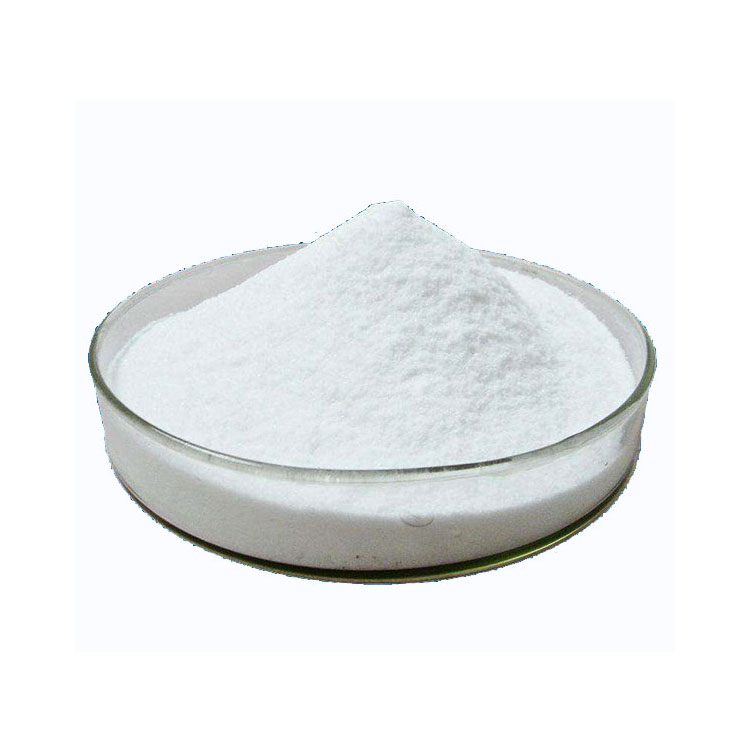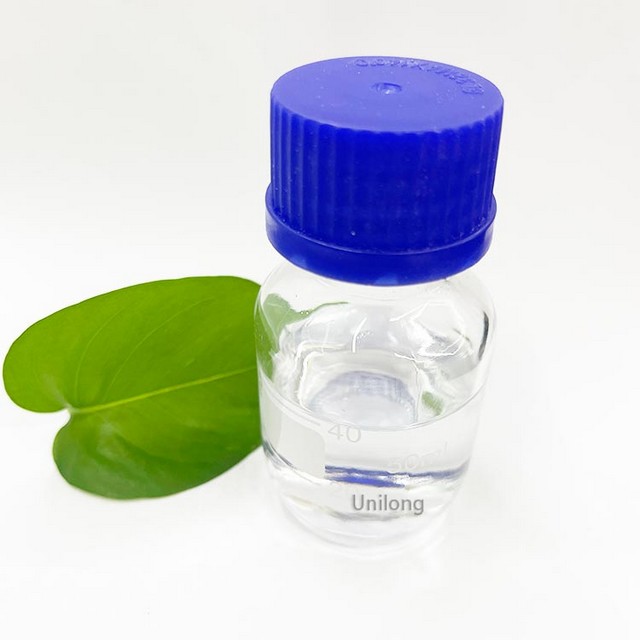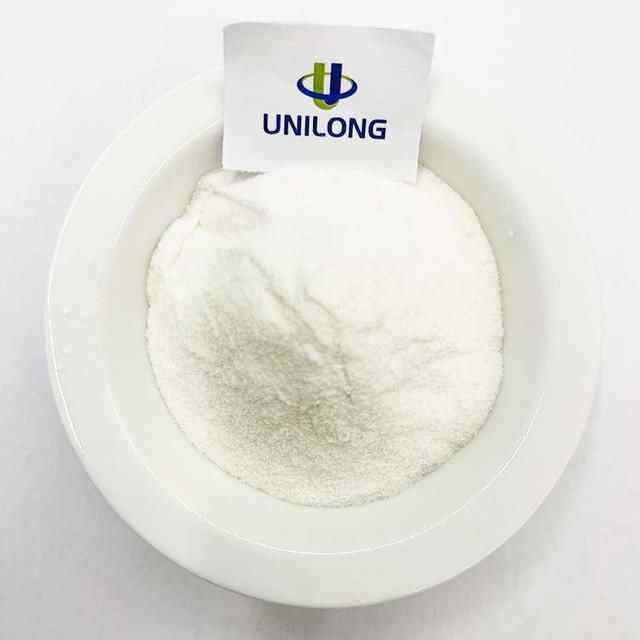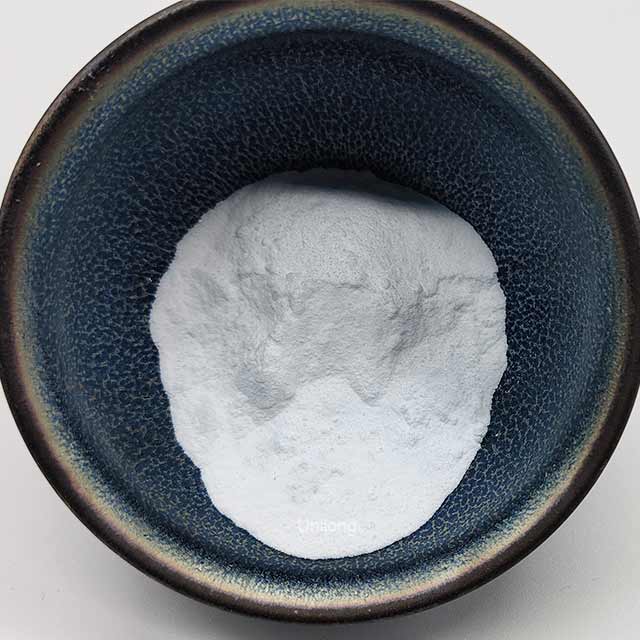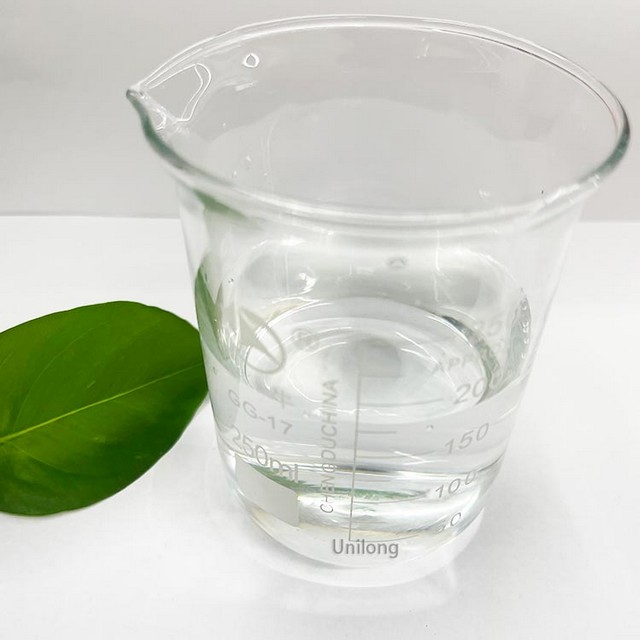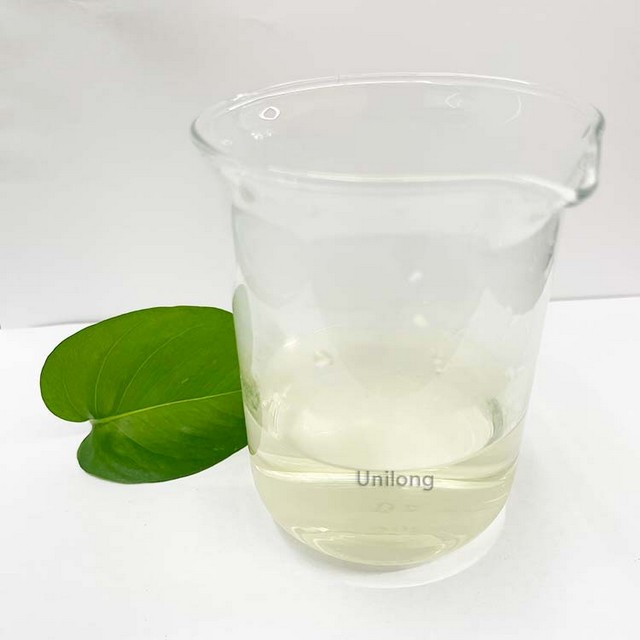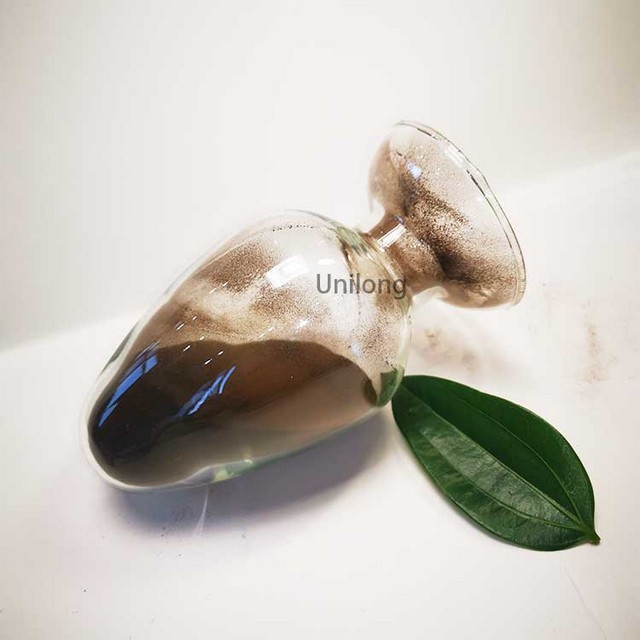CAS:147-85-3
Molekulare Formel:C5H9NO2
Molekulare Gewicht:115.13
EINECS:205-702-2
Synonyms:H-L-PRO-OH; H-PYRD(2)-OH; H-PRO-OH; L-2-PYRROLIDINECARBOXYLIC ACID; L-PYRROLIDINE-2-CARBOXYLIC ACID; L-PRO; L(-)-PROLINE; L-PROLINE; (S)-(-)-PYRROLIDINE-2-CARBOXYLIC ACID; (S)-PYRROLIDINE-2-CARBOXYLIC ACID
was ist L-Prolin CAS 147-85-3?
L-Prolin ist als asymmetrische Katalysatoren in der organischen Synthese und asymmetrische aldol-cyclisierung. Es ist beteiligt an der Michael-addition von dimethyl malonate, um Alpha-beta-ungesättigte Aldehyde. Es ist ein Vorläufer von Hydroxyprolin in Kollagen. Es ist ein aktiver Bestandteil von Kollagen-und eingebunden in das ordnungsgemäße funktionieren der Gelenke und sehnen. Er findet, verwendet in der pharmazeutischen, biotechnologischen Anwendungen aufgrund seiner osmoprotectant Eigentum. Weiter, es ist verwendet mit ninhydrin in der Chromatographie.
Verpackung
Normalerweise verpackt in 25 kg/Trommel,und kann auch tun benutzerdefinierte Paket.

Synonyme
H-L-PRO-OH; H-PYRD(2)-OH; H-PRO-OH; L-2-PYRROLIDINECARBOXYLIC ACID; L-PYRROLIDINE-2-CARBOXYLIC ACID; L-PRO; L(-)-PROLINE; L-PROLINE; (S)-(-)-PYRROLIDINE-2-CARBOXYLIC ACID; (S)-PYRROLIDINE-2-CARBOXYLIC ACID

